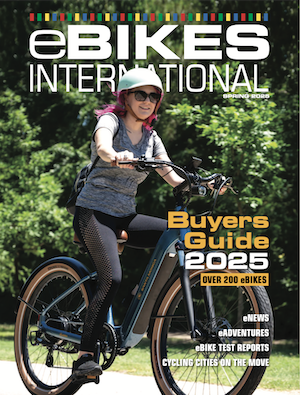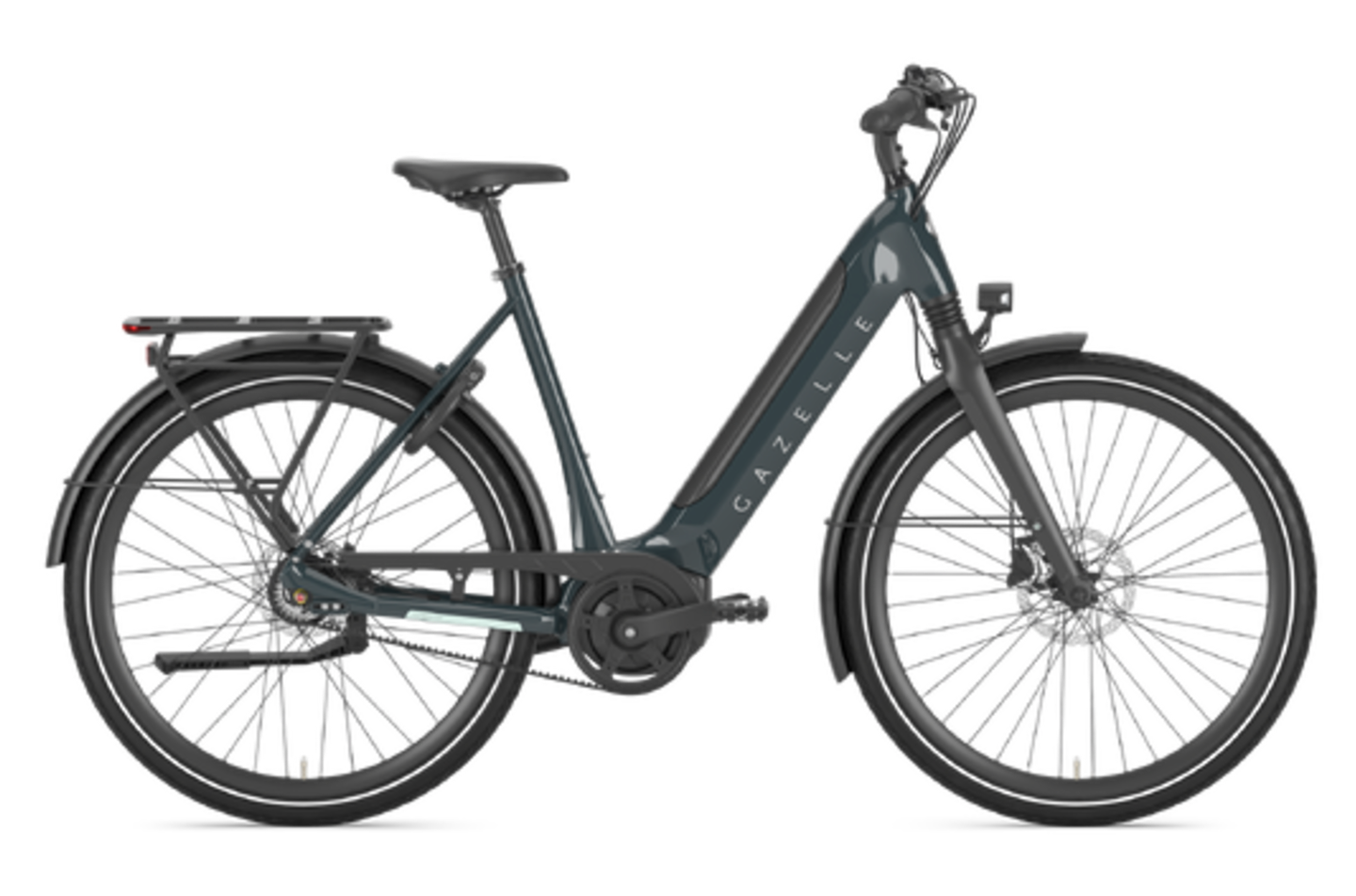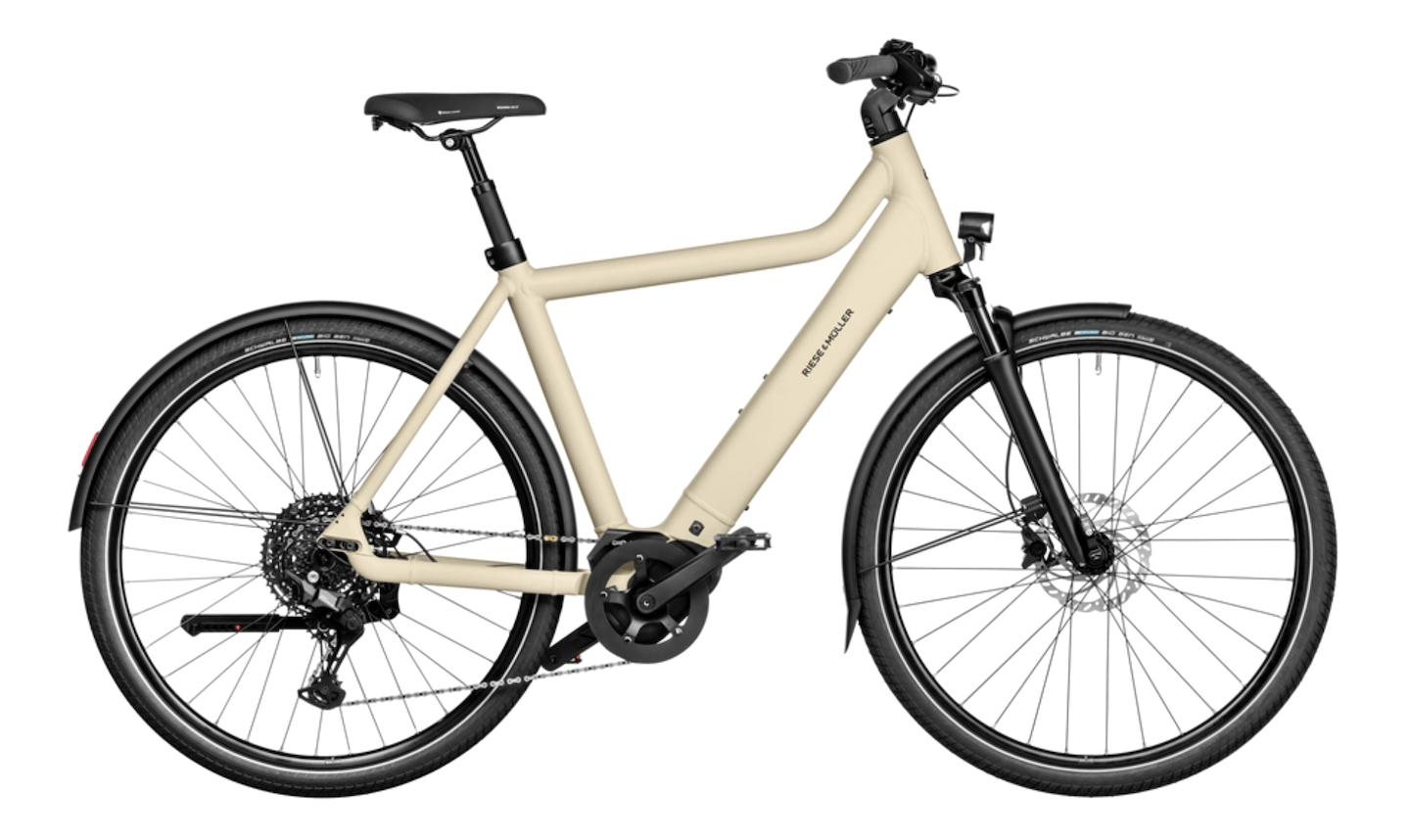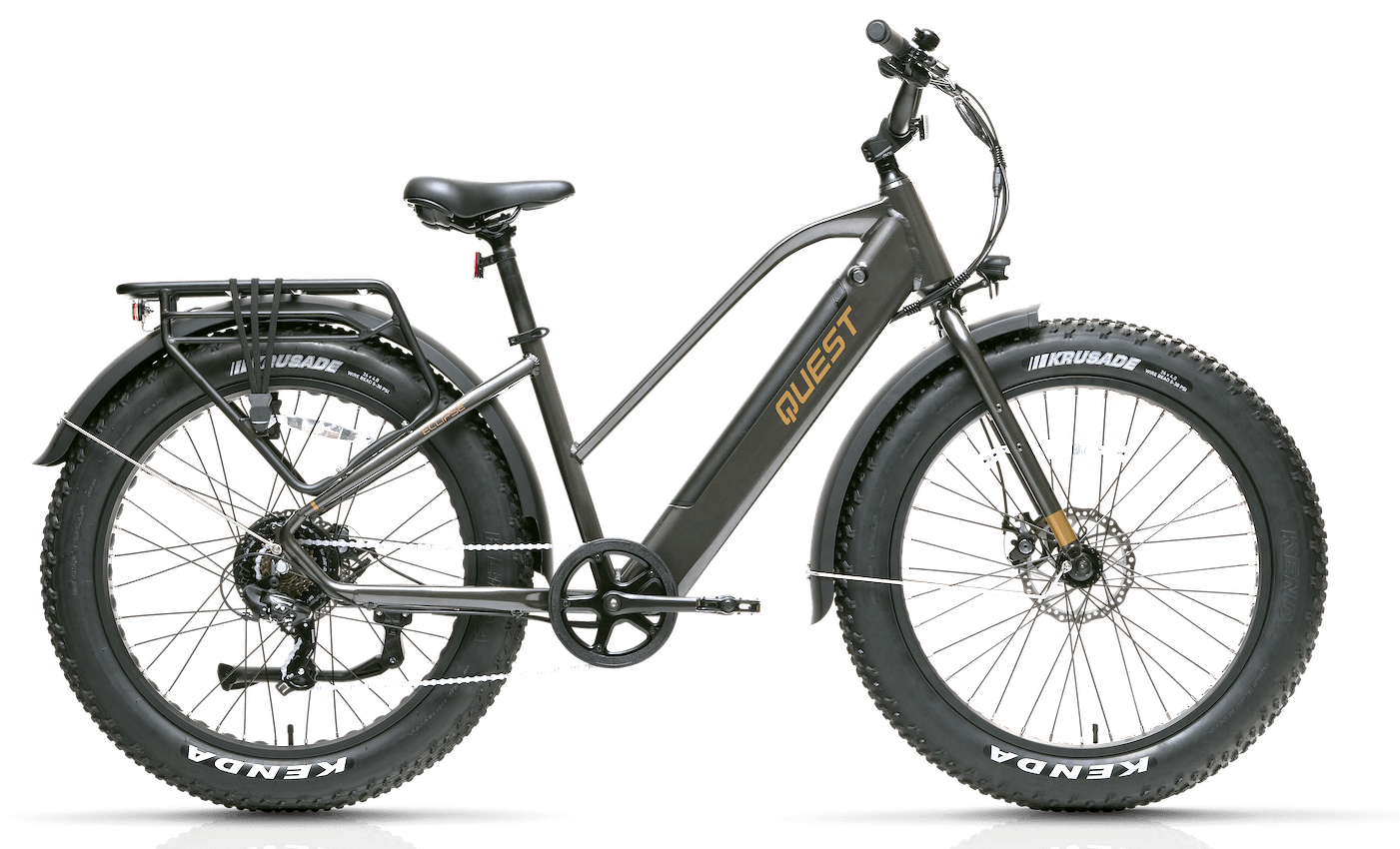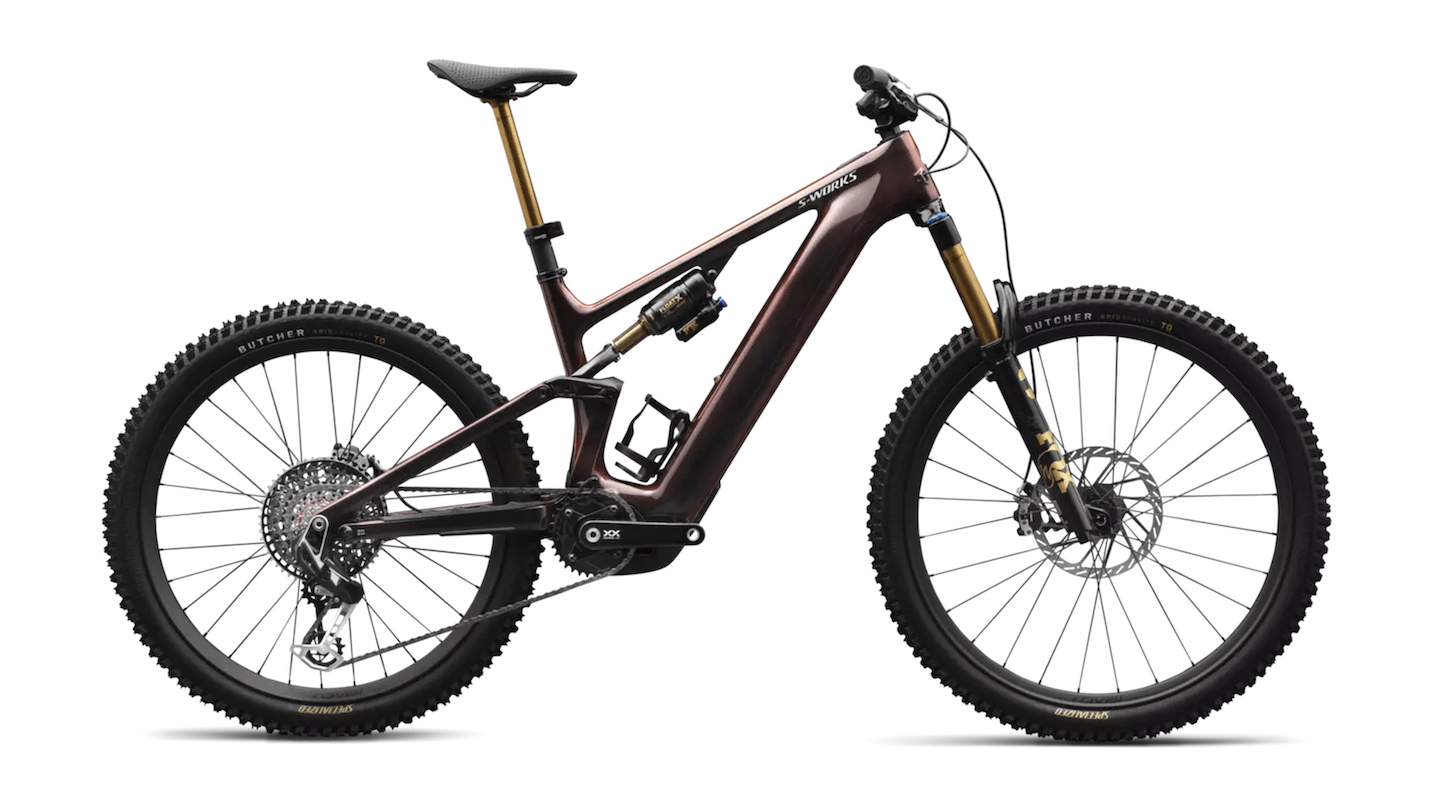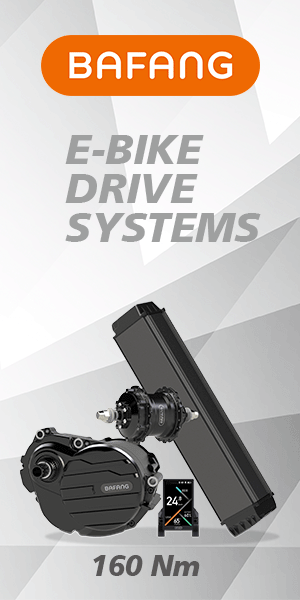March 23, 2020 - Cycle highways have been built predominately in Western Europe, but with the recent popularity and adoption of e-bikes, this infrastructure could be having a moment. Between having an unobstructed route and faster cycles, commutes are being cut in half. Could these highways finally nudge people out of cars?
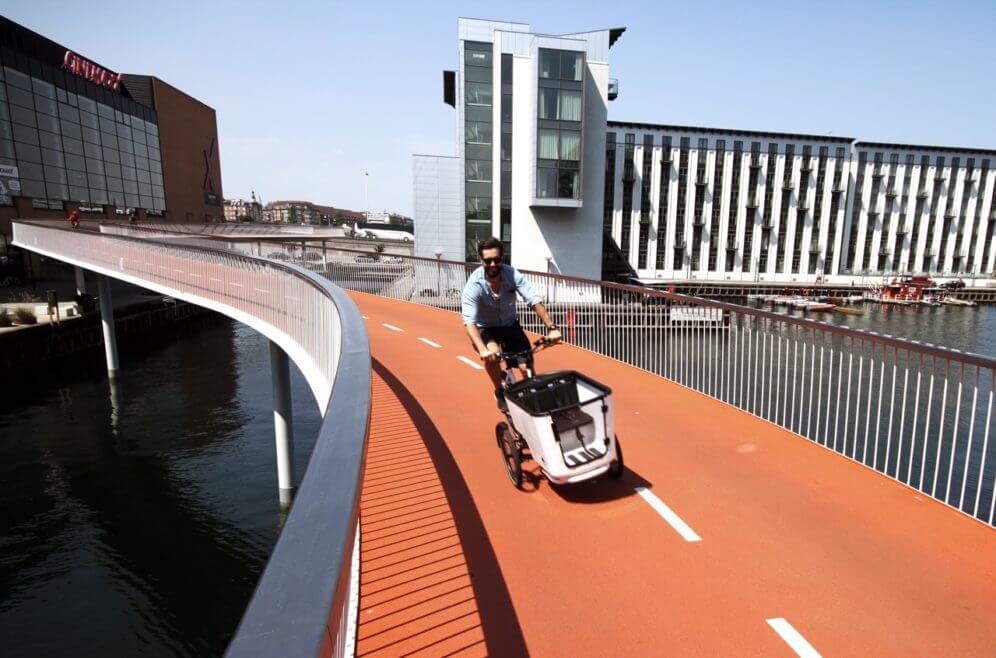
Cycling offers ample benefits to the daily commuter: light exercise, fresh air, and a low stress commute on two wheels. However, people may not even consider cycling as they view it as treacherous due to the many motorized vehicles traversing roads quickly alongside them. A lack of safe, comfortable cycling routes in many cities exacerbates this fear. Even in cities where cycle lanes are common downtown, they tend to disappear as one reaches outer neighborhoods, satellite villages, or suburbs, making accessing the city center and traveling better neighborhoods by bicycle very difficult.
Cycle highways, sometimes referred to as bicycle freeways, bicycle highways, cycle superhighways, or fast cycle routes, can help fill this gap by creating bicycle routes between urban areas and connecting to existing infrastructure so that trips by bicycle are easier, faster, and more convenient. So far, some cycle highways have been able to get vehicle drivers to turn in their keys, and start pedaling to the office. E-bikes, which greatly extend the range of cycling, have gained popularity recently and are well-suited to take advantage of cycle highways. This combination could be more convenient and reliable than car travel in congested urban areas.
What is (and isn’t) a cycle highway?
Cycle highways are physically separated pathways designed to provide a safe, fast, and functional cycling connection. While there is no global standard or specifications for cycle highways, there are certain features of the design and function that create a relatively uniform understanding of what is and isn’t a cycle highway. First, these highways are built to provide direct, efficient routes that connect cycling commuters from their homes to their work or other important places. These highways are designed for bicycles and cyclists; and do not permit motorized vehicles like mopeds, motorcycles, and other devices with top speeds above 45 kph, pedestrians are also often not permitted. Cycle highways are sometimes built alongside larger vehicle highways or railroads but are physically separated from speeding cars, keeping cyclists safe and allowing them to avoid traffic lights and road infrastructure that controls car traffic. Cycle highways do not impact car travel or motor vehicles.
Read the full article here.



